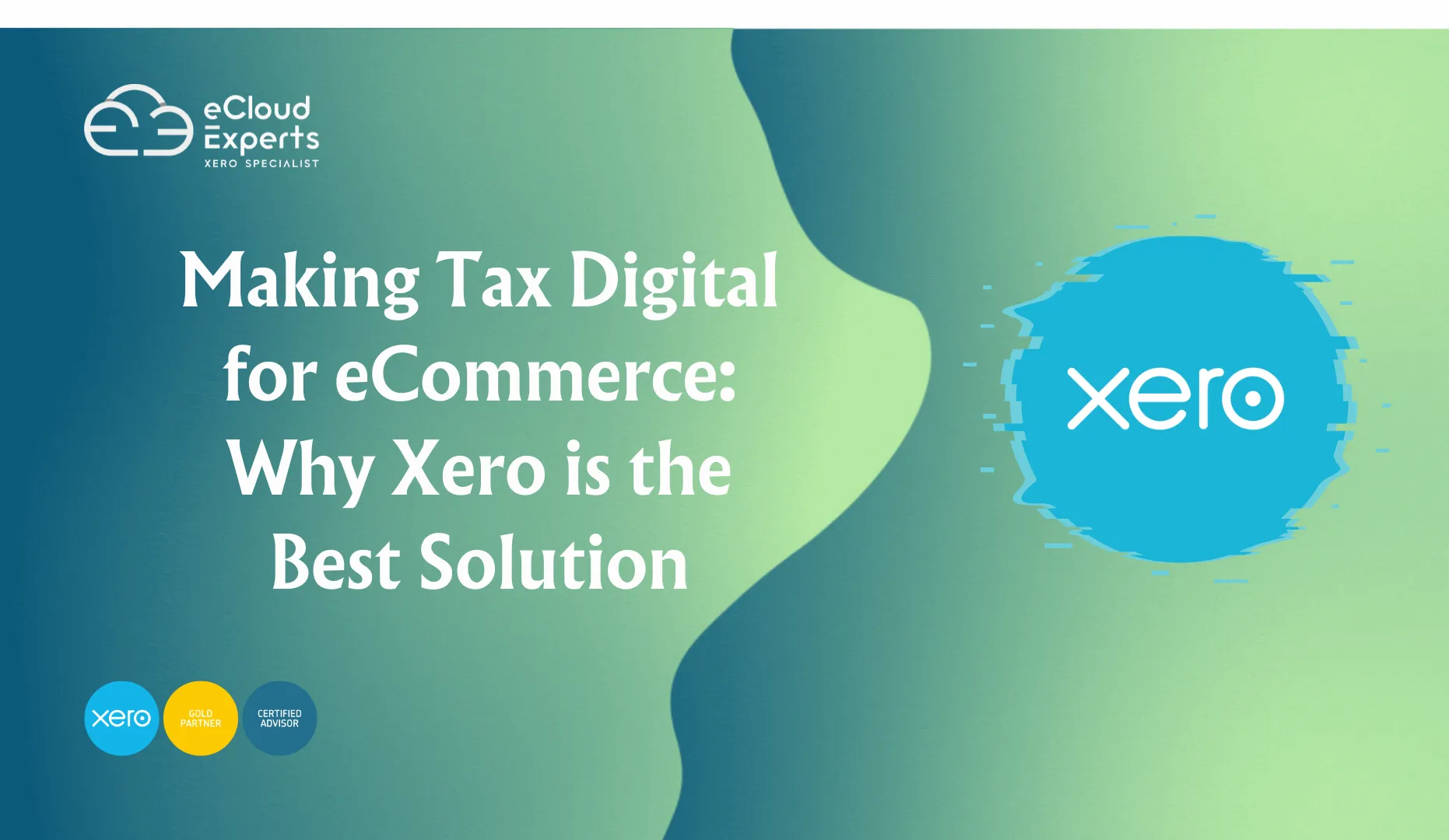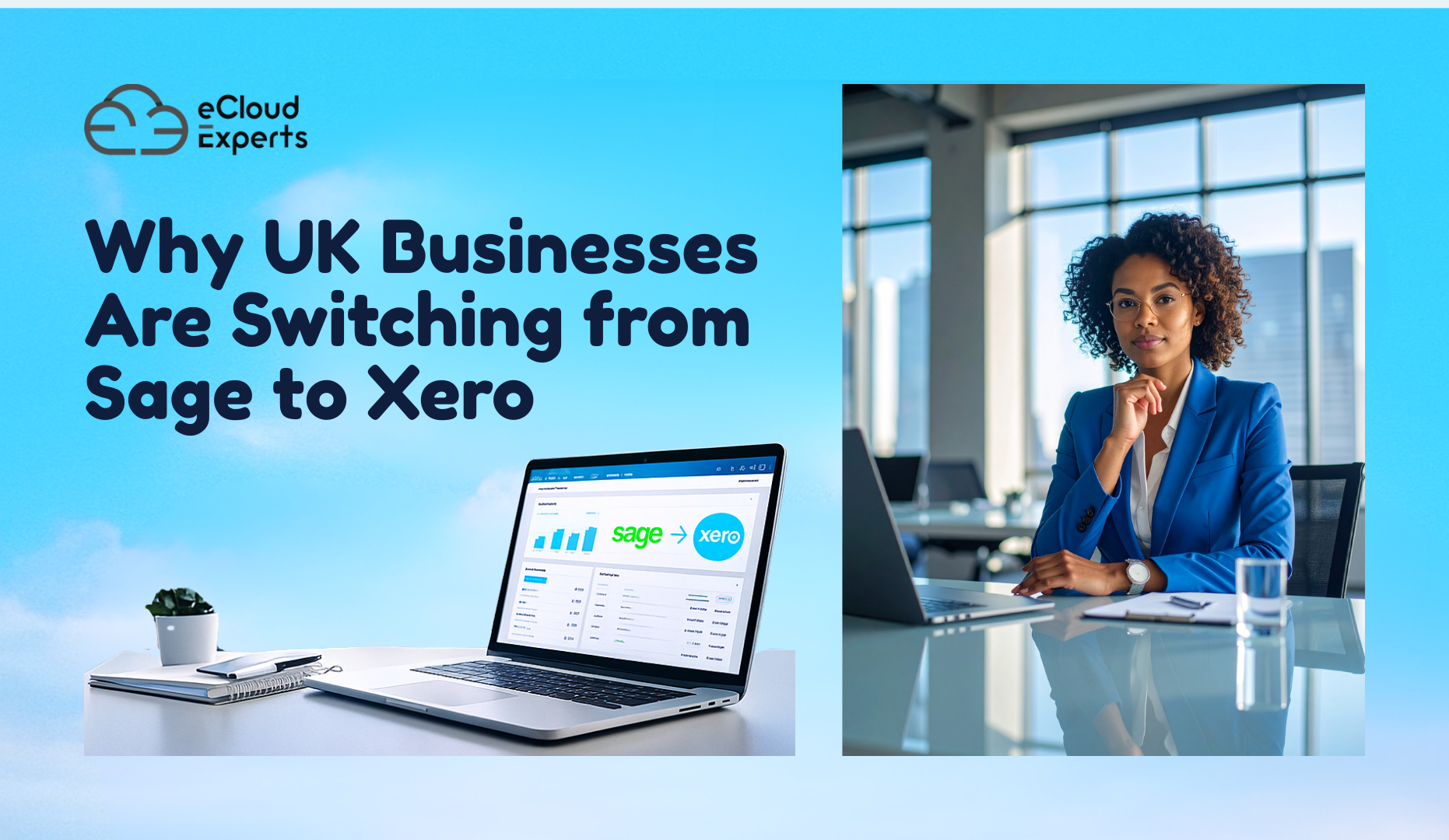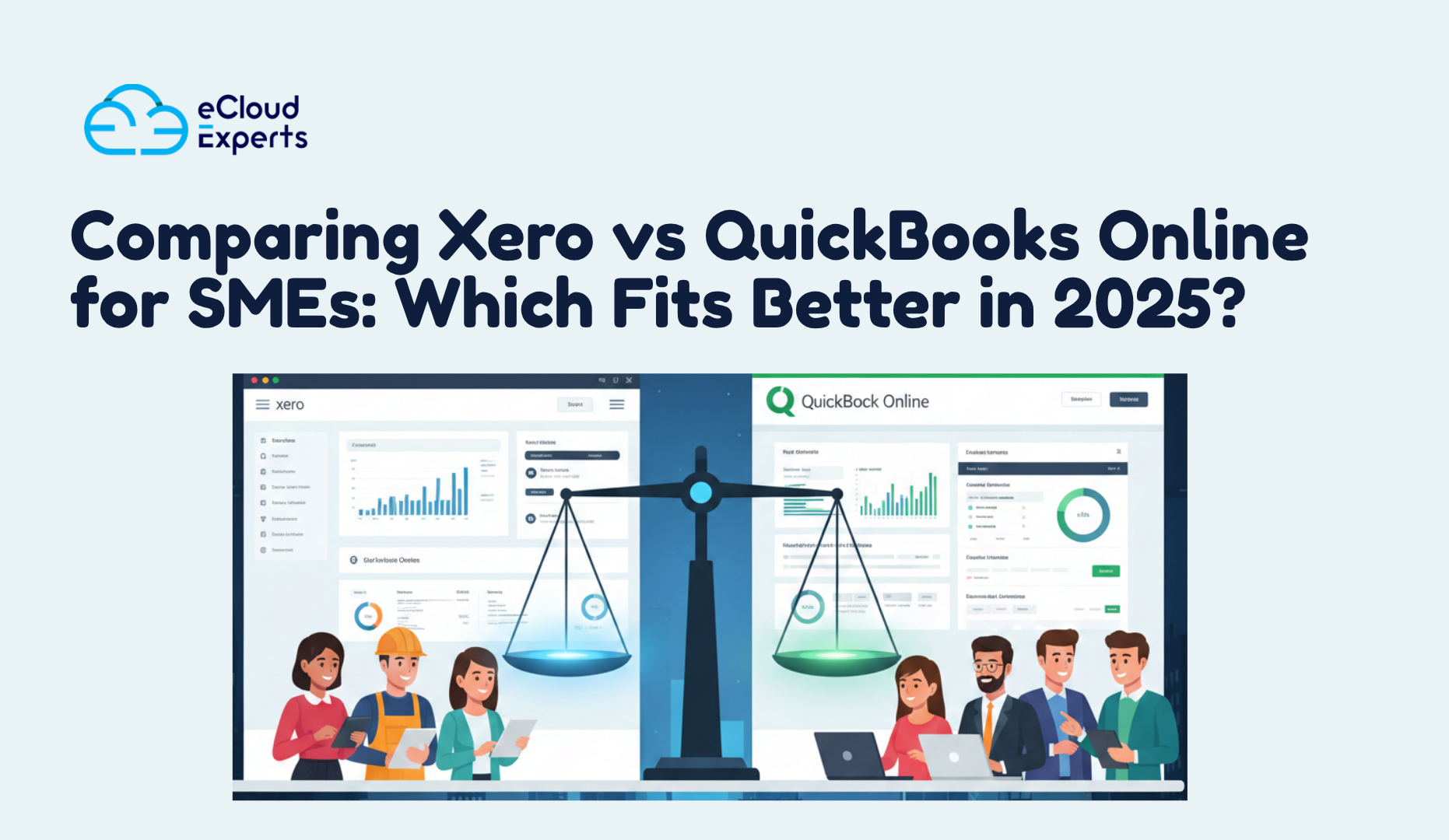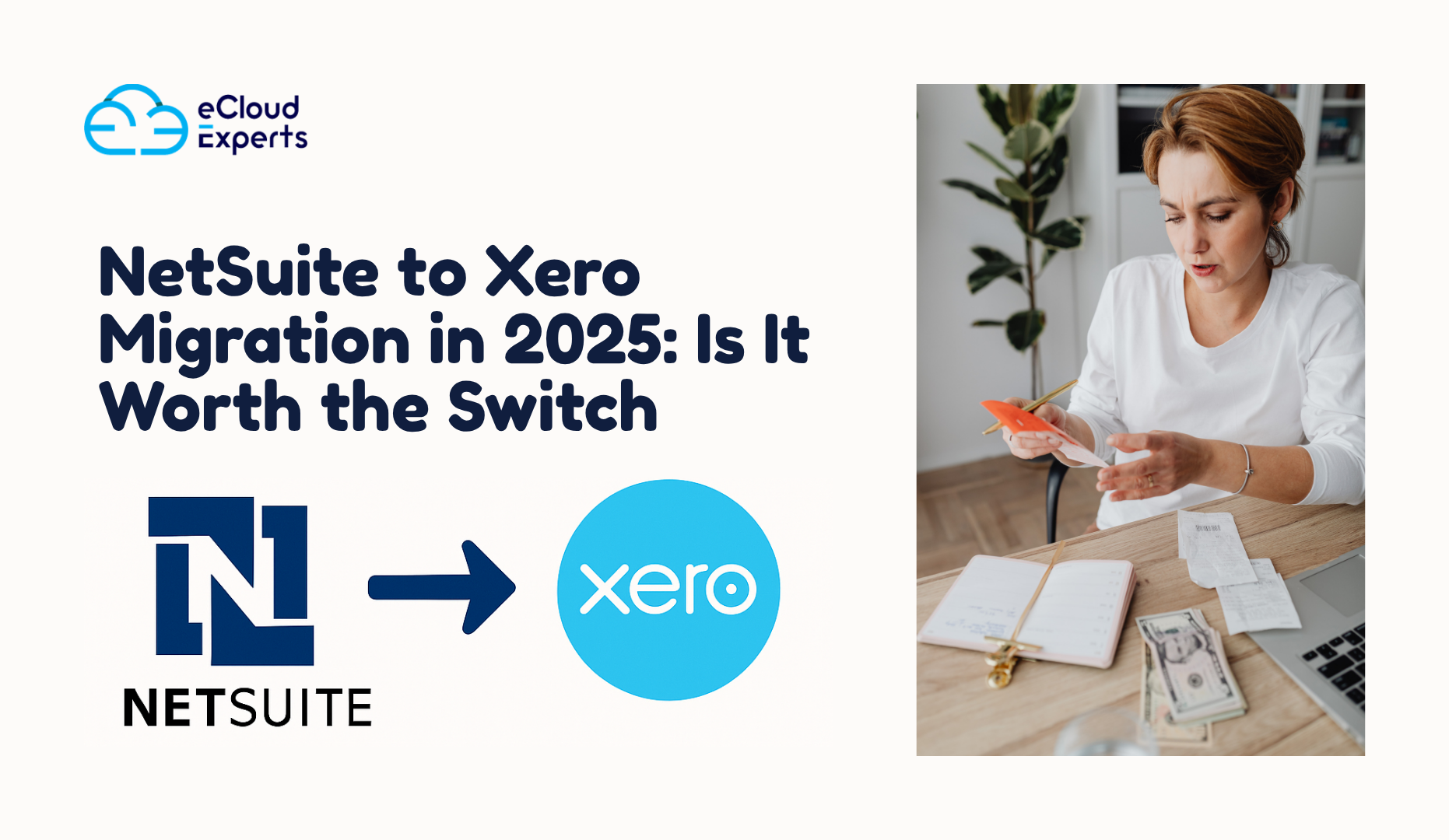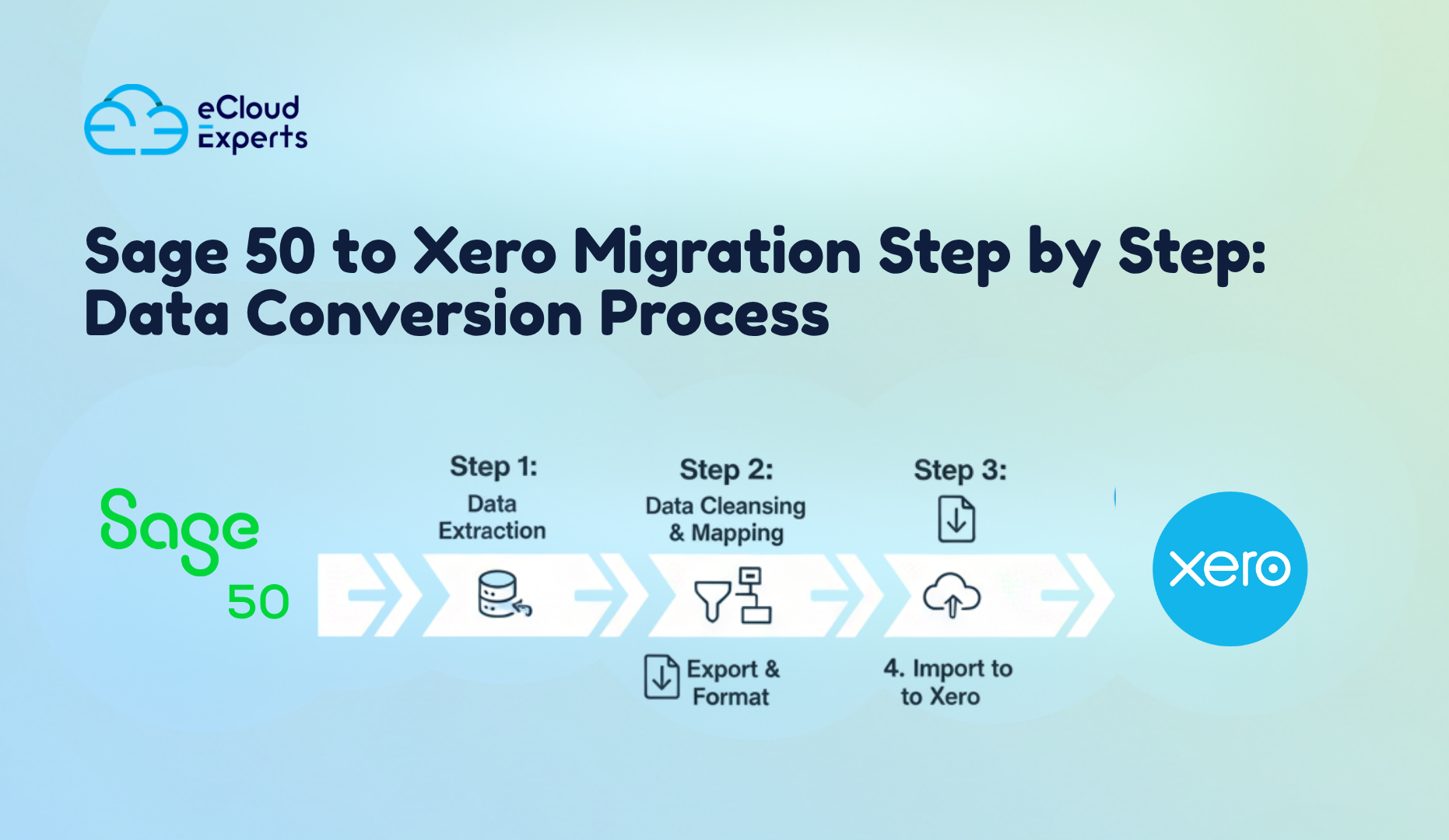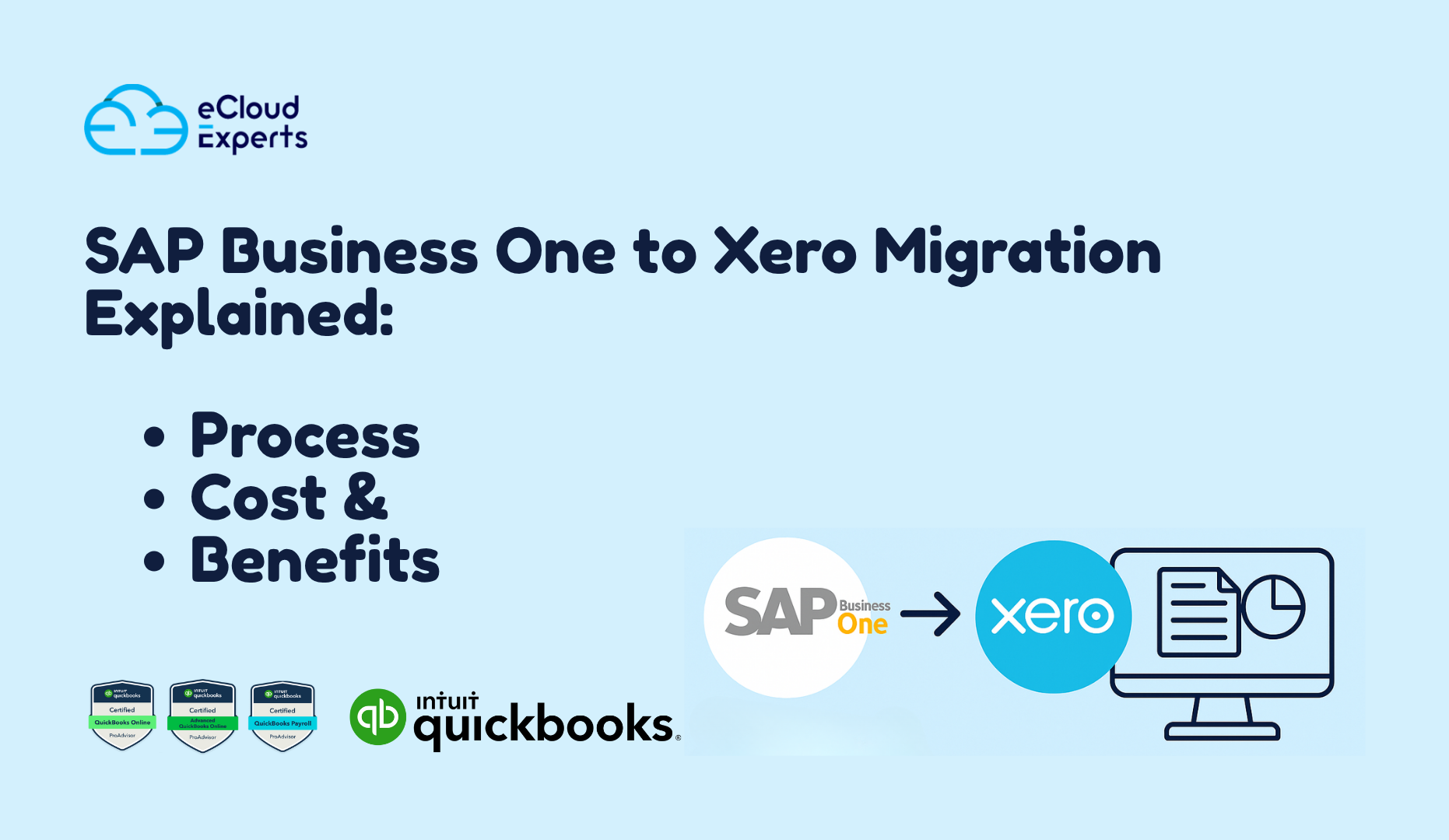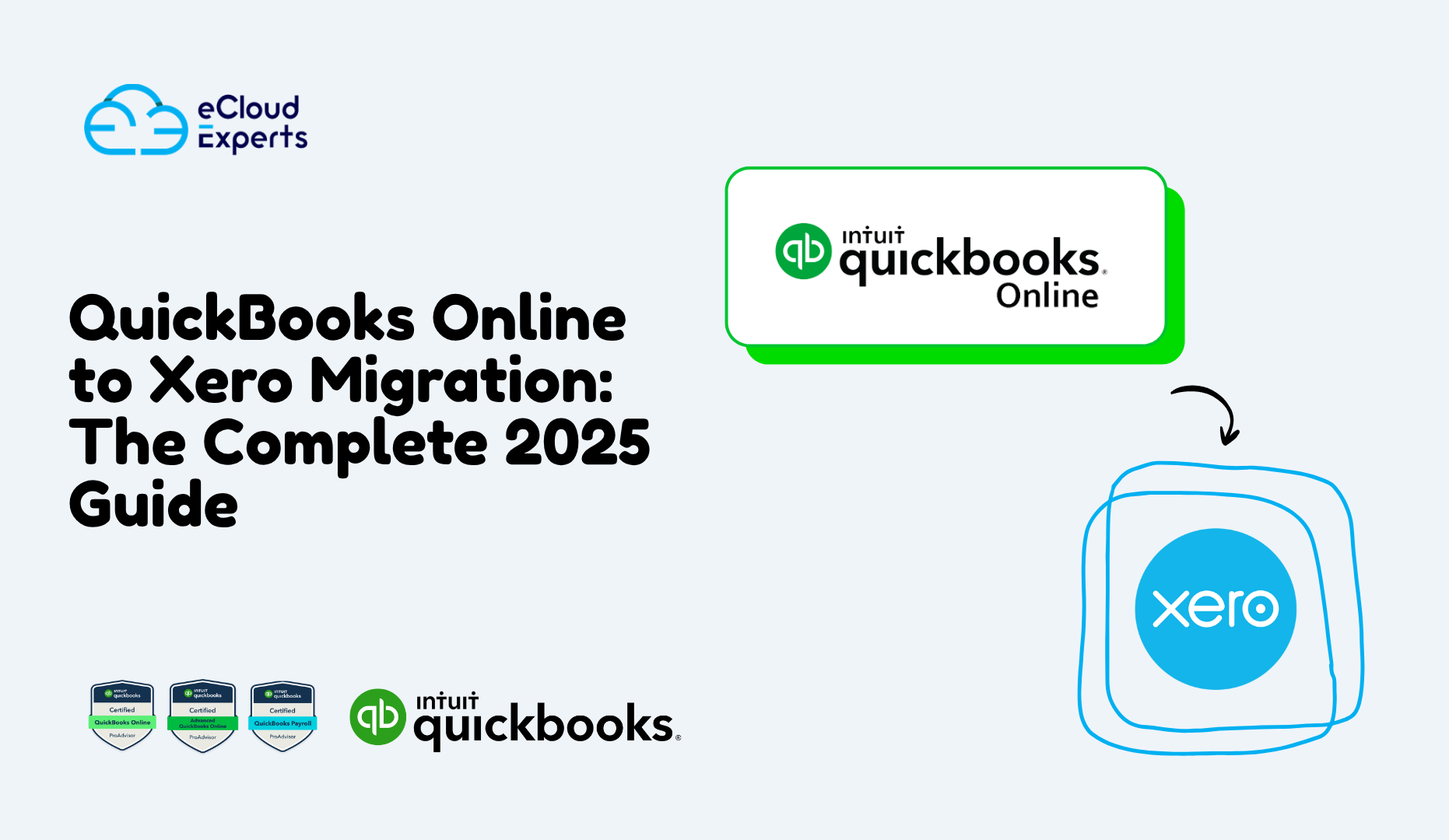If you run an online store in the UK, VAT returns might be the one thing you dread each quarter. The mix of sales channels, international orders, changing tax rules, and the pressure of meeting HMRC deadlines can make ecommerce VAT returns feel like navigating a maze. And with the government’s Making Tax Digital (MTD) initiative now in full swing, the pressure is even higher.
The good news? There’s a better way. If you’re tired of copying numbers from spreadsheets, double-checking VAT rates, or worrying about compliance penalties, it’s time to look at a smarter solution. Xero, a leading cloud accounting platform, helps ecommerce sellers take control of their VAT obligations—accurately, consistently, and without unnecessary stress.
Let’s explore why ecommerce VAT returns are so challenging, how Making Tax Digital affects your online business, and how Xero can make a real difference.
What is Making Tax Digital and Why It Matters for eCommerce Sellers
Making Tax Digital (MTD) is a UK government initiative designed to simplify and improve the way businesses handle tax. For VAT-registered businesses with a taxable turnover above £90,000 (the 2024 threshold), it’s now a legal requirement to keep digital records and submit VAT returns through MTD-compatible software.
This affects ecommerce sellers more than most. If you’re selling on multiple platforms like Shopify, Amazon, eBay, or WooCommerce, every transaction generates VAT data that needs to be captured correctly. HMRC expects those records to be stored digitally and submitted on time. That means ecommerce VAT returns can no longer be patched together manually at the last minute—they need to be precise, traceable, and submitted using the right tools.
Failure to comply doesn’t just risk delays. It can lead to real penalties, not to mention stress, errors, and lost time trying to fix avoidable mistakes.
Why eCommerce VAT Returns Are Especially Difficult
Unlike traditional retail businesses, ecommerce sellers face a unique set of VAT challenges.
You’re not just selling in one place you might be operating across multiple storefronts, marketplaces, and payment systems. One customer pays via PayPal, another via Stripe, and a third buys from a different currency altogether. All these details influence how VAT is calculated.
For instance:
- Shopify charges its own fees and may include VAT.
- Amazon FBA transactions involve several charges per sale VAT must be applied correctly on the sales price and accounted for separately on Amazon fees.
- Selling to EU customers post-Brexit involves the IOSS scheme, which has its own set of VAT implications.
When it’s time to submit your VAT return, you’ll need to reconcile all this across platforms—identifying the correct VAT rates, applying them accurately, and reporting them clearly. Even small mistakes can trigger compliance issues.
This is where many ecommerce sellers feel overwhelmed. The need to juggle sales records, cross-border taxes, digital reporting requirements, and VAT schemes like the Flat Rate Scheme or Margin Scheme while also running your business is simply too much without the right system in place.
How Xero Helps You Stay Compliant with Making Tax Digital
Xero is more than just accounting software it’s a digital backbone that supports your business, especially when it comes to handling ecommerce VAT returns.
As an HMRC-recognised MTD solution, Xero allows you to keep compliant digital records, prepare your VAT return, and submit it directly to HMRC without switching between systems or formats.
But what sets it apart is how well it works for ecommerce. It’s designed to handle large volumes of transactions with clarity and structure, while allowing integrations with popular ecommerce tools like:
- A2X (for Amazon and Shopify)
- Link My Books
- Shopify’s native Xero integration
- WooCommerce plugins
- PayPal, Stripe, Square integrations
These connections allow Xero to pull in your sales, fees, shipping costs, VAT breakdowns, and refunds—automatically. That means your ecommerce VAT returns are based on accurate, real-time data, and not guesswork or assumptions.
The Real Value of Automating VAT Returns in Your Online Store
Using Xero doesn’t just help with compliance—it significantly reduces the time you spend managing VAT. You no longer need to dig through CSV files, copy-paste data, or double-check your figures across spreadsheets.
Let’s look at some of the ways this can help:
- Accurate VAT tracking by region: Whether your sale is domestic or international, B2B or B2C, Xero can apply the correct tax treatment automatically.
- Multiple VAT rates supported: UK standard, reduced rate, zero-rated, IOSS rates, or even reverse charge Xero handles them all.
- Real-time reporting: Know exactly how much VAT you owe at any point during the quarter.
- VAT adjustments made easy: Need to account for credit notes or late invoices? You can update and adjust without redoing everything.
- Direct submissions: Once your ecommerce VAT returns are ready, you can submit them directly to HMRC from within Xero, with full traceability and an audit trail.
With Xero, you’re not just reacting to deadlines—you’re staying ahead of them.
Platform Integration: Where Xero Really Shines
One of the biggest reasons ecommerce sellers choose Xero is how easily it integrates with the platforms they already use.
For example:
- Amazon Sellers: With A2X or Link My Books, Xero can import settlement reports and allocate VAT correctly—even splitting out Amazon fees and advertising costs.
- Shopify Stores: Daily summaries sync to Xero with tax already mapped, giving you an instant view of income, tax, and performance.
- WooCommerce Sellers: Xero connects via plugins to import orders and taxes directly.
This tight integration makes a huge difference when preparing ecommerce VAT returns. Instead of manually collecting and entering figures from each platform, Xero gathers the data in one place, already organised and matched to the right VAT codes.
The result? Confidence in your records, fewer surprises at quarter-end, and more time to focus on your customers.
Real-World Benefits of Using Xero for VAT Returns
Every ecommerce seller knows the pain of last-minute VAT filing. You’re juggling spreadsheets, manually reconciling payment gateways, and hoping nothing slips through the cracks.
With Xero in place, your process changes entirely.
- You can track your VAT position weekly or monthly, so nothing builds up unexpectedly.
- Sales from multiple platforms come into one unified dashboard.
- When it’s time to submit, the VAT return is already 95% ready.
- You gain full visibility of how much you owe, why you owe it, and where the data comes from.
In short, Xero reduces the mental load of VAT. Your ecommerce VAT returns become something you check and confirm—not a pile of problems you need to solve in a panic.
How eCloud Experts Can Help You Get Set Up
Even with the right tools, success starts with a proper setup. That’s where our team at eCloud Experts comes in.
We’re certified Xero advisors with extensive experience supporting UK ecommerce businesses. Whether you’re on Shopify, Amazon, eBay, or WooCommerce, we can:
- Set up or audit your Xero account for VAT accuracy
- Connect it properly to your selling platforms and payment gateways
- Configure VAT codes to match your trading style
- Guide you through your first MTD VAT submission
- Train you on what to look for, and when to act
We also help ecommerce businesses migrate to Xero from Sage, QuickBooks, Excel, and other platforms—so you can transition to a more accurate and scalable accounting setup without losing data or compliance.
Conclusion
Ecommerce businesses operate in a fast-paced, highly competitive environment. Yet when it comes to VAT, many are still bogged down by outdated processes, unclear rules, and growing compliance requirements from HMRC.
The shift to Making Tax Digital isn’t just a regulatory box to tick—it’s an opportunity to take control. And when paired with the right tools, it can save you time, improve accuracy, and help you grow with confidence.
With Xero, ecommerce VAT returns become more structured, more manageable, and less risky. And with support from the experts at eCloud Experts, you’ll be guided through the process step by step—from setup to submission.
If you’re ready to stop worrying about VAT, and start gaining control over your finances, we’re here to help.
FAQ Section: Common Questions About ecommerce VAT Returns
Do I need MTD software for ecommerce VAT returns?
Yes. If your business is VAT-registered in the UK and exceeds the VAT threshold, you must use MTD-compatible software to maintain digital records and submit VAT returns. Xero is fully MTD-compliant and ideal for ecommerce businesses.
How do I automate ecommerce VAT returns using Xero?
Xero integrates with platforms like Shopify, Amazon, and WooCommerce through apps like A2X and Link My Books. Once set up, it automatically pulls transaction data, categorises VAT, and prepares your VAT return for submission to HMRC.
Can I submit ecommerce VAT returns myself, or do I need help?
While Xero simplifies the process, many ecommerce sellers choose to work with a Xero-certified advisor like eCloud Experts. We ensure your setup is correct, VAT codes are mapped properly, and submissions are 100% compliant with HMRC requirements.

